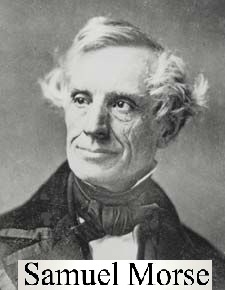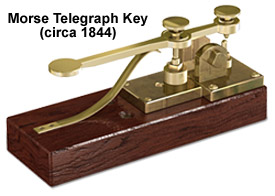
Kedareswar Banerjee (15 September 1900 – 30 April 1975) was an X-ray crystallographer and director of the Indian Association for the Cultivation of Science, Kolkata. Early in his career he determined the structures of naphthalene and anthracene. In 1931, he worked with Sir William Henry Bragg and developed one of the first direct methods of crystal structure determination. He was Professor of Physics at the Indian Association for the Cultivation of Science from 1943 to 1952 and Director of the Association from 1959 until his retirement in 1965. Between 1952 and 1959 he was Head of the Department of Physics at Allahabad University.
His interests in crystallography were widespread and, with his death, India has lost a renowned teacher. K. Banerjee joined the research group of Sir C. V. Raman at the Indian Association for the Cultivation of Science (IACS), Calcutta, a premier Indian research institute of India. He worked in various institutions including IACS, the India Meteorological Department, University of Dhaka and Allahabad University and finally retired as the Director of IACS, Calcutta in 1965.
Field
- X-ray Crystallographic
Institutions
- University of Allahabad,
- India Meteorological Department, University of Dhaka,
- Indian Association for the Cultivation of Science
To Read More About Kedareswar Banerjee click on K. Banerjee



 Morse code is a system of sounds that telegraphers and radio operators use to send messages through wire or radio. This involves a system of dots or short signals, dashes or long signals and spaces. Each letter of the alphabet, plus numbers and other symbols, are represented by groups of dots and dashes. The Morse code is named after Samuel Morse of USA who developed it in 1938. He also patented the telegraph in 1840 and was credited with the invention of telegraph.
Morse code is a system of sounds that telegraphers and radio operators use to send messages through wire or radio. This involves a system of dots or short signals, dashes or long signals and spaces. Each letter of the alphabet, plus numbers and other symbols, are represented by groups of dots and dashes. The Morse code is named after Samuel Morse of USA who developed it in 1938. He also patented the telegraph in 1840 and was credited with the invention of telegraph.

